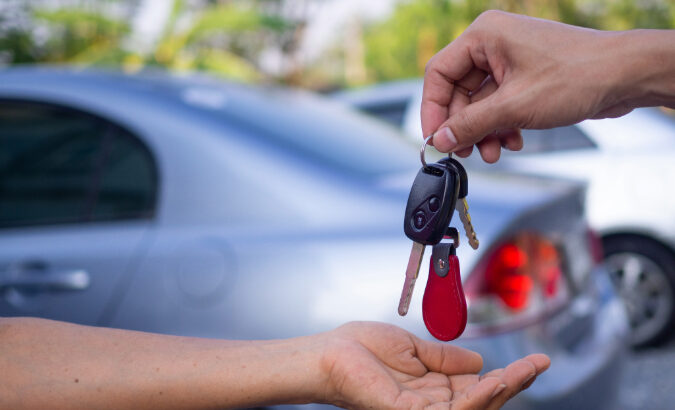
When you’re buying a car, it’s important to do your research. Fortunately, it’s easier than ever thanks to online resources like car reviews and consumer forums.
However, all that information does little good if you’re not sure what you’re looking for. Shopping for a car, whether it’s new or used, means digging a little bit deeper to make sure that you know as much as possible about the car to make an informed choice. Once you’ve found a car you’re interested in, follow this checklist of items to make sure you’re getting a safe vehicle.
1. Go beyond the standard test drive
A quick drive around the block won’t tell you everything you need to know about a car. Spend more time in a vehicle to see if it’s truly going to suit your daily driving needs. Things like a cupholder that’s hard to reach or a sun visor that doesn’t quite suit your sight line can irritate you over time or even keep you from driving comfortably, which may compromise your safety. Here are some tips on how you can make the most of a test drive.
2. Don’t let the vehicle history report fool you
Getting a vehicle history report should be a priority when you’re considering buying a used car. This document gives you the service history and other important facts about the car. But be aware that it may not tell the whole story. Often times, accidents or damage to a vehicle are not reported and therefore will likely not be disclosed.
For example, some unscrupulous sellers might resell flooded or damaged vehicles that they’ve failed to report, and if the work was done by the owner that won’t be included on the report. Look for things like stained carpet and debris in between the seats that could indicate flooding.
Another way to spot possible past damage, is to stand in front of the car and ensure the paint on the hood matches that on the sides. If it’s mismatched, it may mean the car has been in an accident.
Of course, you should always consider taking a used car to a reputable mechanic for an inspection to ensure there is no hidden or major damage.
3. Find out what IIHS and NHTA say about the car
Both the Insurance Institute for Highway Safety and the National Highway Traffic Safety Administration oversee automobile safety in the country. Review reports from both organizations; they conduct different types of crash tests and use different criteria to rate vehicles. Then, look for a car that has the approval of both.
4. Let Edmunds and Kelley be your guides
Kelley Blue Book and Edmunds guides can provide you with a broad range of information, from reviews and safety ratings to the cars’ actual values. This can help you get the right car both in terms of safety and your budget.
5. Know what safety equipment is standard
Older cars don’t have the same safety equipment as newer ones. Research when certain features, such as airbags, anti-lock brakes and electronic stability control, became standard. Certain safety features will not only protect you on the road, but they can also lower your car insurance costs.
6. Check for open recalls
Unfortunately, neither car dealers nor private sellers are legally required to tell you is a car is subject to recall. In this situation, it’s definitely “buyer beware,” and you should always check to see if the particular car you’re looking at has any open recalls. Use the NHTSA website to check.
7. Don’t forget the tires
Always check the tires before you buy; even though they should be in good enough condition to drive, that’s not always the case. In addition to looking for standard wear, look for tread wear on one edge of a tire, which can mean the wheels are out of alignment. If the tires have erratic tire wear, have the car’s shock absorbers or suspension checked.
8. Look closely at older and foreign cars
Because safety standards have changed over the years, look carefully at older cars and any vehicles built outside of North America. They may not meet certain EPA standards or may lack safety features that are currently required by law.
9. Consider how it fits your life
It’s easy to fall in love at first sight, but it’s also important to be realistic. Look at things like fuel consumption, required maintenance (which may be higher on an older car as parts start to wear out) and how you plan to drive it. A classic 1975 VW Beetle may be cool, but is it going to be reliable as a daily driver or on a road trip?
10. Trust your instincts
After you’ve reviewed everything else on this checklist, do a “gut check.” If you feel something isn’t right with the car, it’s okay to walk away.
Making safe decisions when you’re purchasing a car is an important way to ensure you get a vehicle that keeps you secure for years to come. Learn more about other essential safety features that your new car should have.



